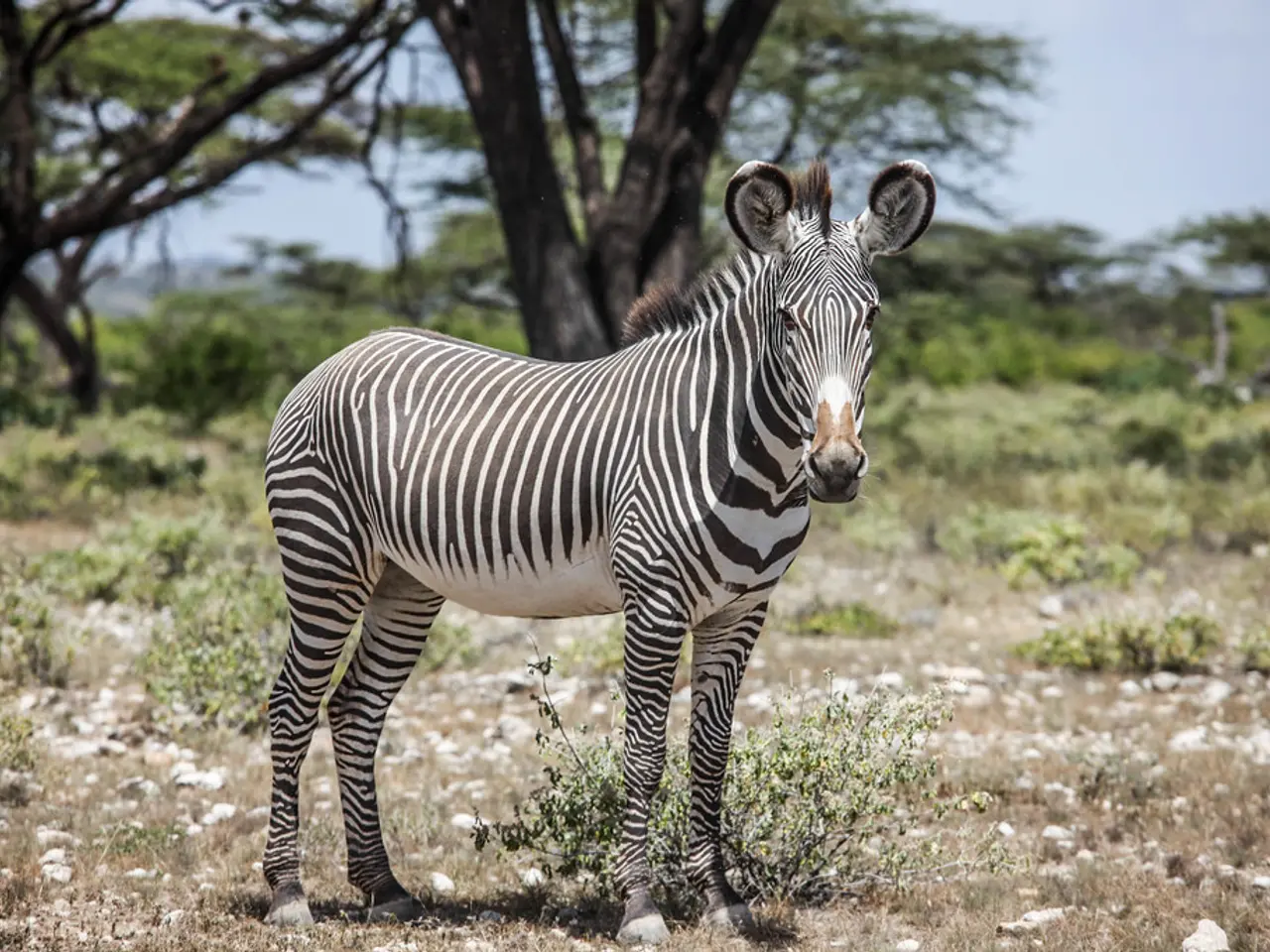Detailed look at Oxytricha trifallax under a Scanning Electron Microscope.
Single-Celled Organism Unveils Unique Genome Architecture
In a groundbreaking discovery, scientists have revealed the intricate genome structure of the single-celled organism Oxytricha trifallax. Unlike most eukaryotes, this aquatic creature boasts a dualistic nuclear system and a unique genome architecture that sets it apart.
Oxytricha trifallax is equipped with two nuclei within its cell: a micronucleus and a macronucleus. The micronucleus, largely inactive, houses the complete edition of its genome. In contrast, the macronucleus, where the DNA gets decoded and transcribed, is fragmented into thousands of "nanochromosomes," each containing all the information Oxytricha trifallax needs to survive.
Each nanochromosome, typically only a few kilobases in size, has its own telomeres and is independently amplified. There are around 15,600 nanochromosomes in the macronucleus of Oxytricha trifallax, with approximately 2,000 copies of each. Around 80 percent of the nanochromosomes contain just a single gene.
The genome rearrangement process from the micronucleus to the macronucleus is extensive. During development, the genome undergoes significant rearrangements, with the macronuclear DNA being fragmented into these tiny DNA molecules. This unusual fragmentation and rearrangement are facilitated by an RNA-guided process that unscrambles and accurately reassembles functional genes.
This unique organization allows Oxytricha trifallax to precisely control gene expression and eliminate non-coding DNA in the somatic nucleus while preserving the full genome in the germline for sexual reproduction. This contrasts with other organisms that typically have a uniform genome in all cells without such dynamic restructuring.
The complete macronuclear genome of Oxytricha trifallax has been sequenced by a team led by Etienne Swart from Princeton University. The sequencing process involved breaking the genome into small fragments, sequencing them, and assembling them together. The discovery of this unique genetic organization further highlights the remarkable diversity and complexity of life on Earth.
Oxytricha trifallax is neither animal nor plant, but a protist, swimming in ponds and puddles. Its unusual genome architecture adds another layer to our understanding of the vast array of life forms that inhabit our planet.
The groundbreaking genome sequencing of Oxytricha trifallax has shed light on its unique architecture, featuring a macronucleus fragmented into thousands of nanochromosomes, each containing essential genes for survival. This discovery showcases an intriguing merging of single-celled organism history and scientific pioneering, while also presenting an unexplored facet of medical-conditions research due to the organism's distinct genetic makeup. Furthermore, the technology employed in deciphering this complex genome highlights the ongoing adventure of scientific discovery in the realm of technology and the medical world.




